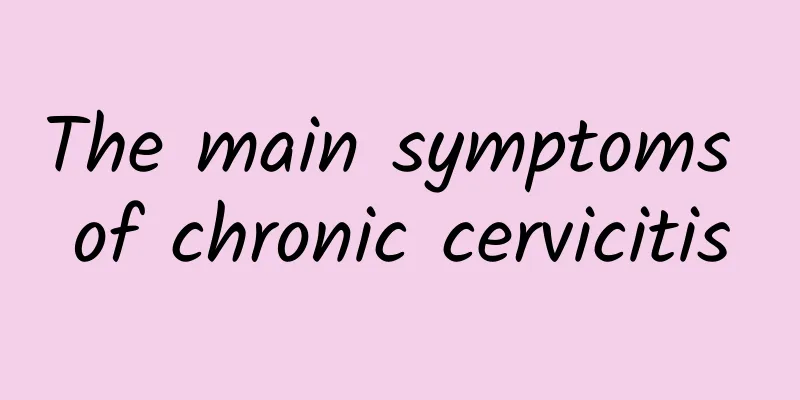TCM Syndrome Differentiation and Treatment for Dysmenorrhea

|
Traditional Chinese medicine can classify dysmenorrhea into qi stagnation and blood stasis type, cold stagnation and blood stasis type, damp-heat stasis type, etc., and provide corresponding treatment according to the classification, which can relieve menstrual pain. Qi stagnation and blood stasis Main symptoms: abdominal distension and pain before or during menstruation that is resistant to pressure, scanty menstrual blood, stiff menstrual flow, dark purple blood with clots, dark purple tongue or petechiae, and stringy pulse. Treatment: Regulating Qi, removing stagnation, resolving blood stasis and relieving pain. Prescription: Gexia Zhuyu Decoction. The formula is safflower, peach kernel, red peony root, chuanxiong, angelica, moutan bark, lindera strychnifolia, fructus aurantii, cyperus rotundus, liquorice, corydalis, and aconiti lobata. Cold and blood stasis Main symptoms: cold pain in the lower abdomen before or during menstruation that is resistant to pressure, pain relieved by warmth, delayed menstruation, scanty menstruation, dark color of menstrual blood, dark tongue, white fur, and deep, tight pulse. Treatment: Warming the meridians and dispelling cold, removing blood stasis and relieving pain. Prescription: Shaofu Zhuyu Decoction. The formula is cinnamon bark, fennel, dried ginger, angelica, chuanxiong, red peony root, aconiti lobata, pollen, yanhusuo, and myrrh. Damp-heat stasis Main symptoms: pain or distension in the lower abdomen before or during menstruation, with a burning sensation, or pain in the lumbar region. Heavy menstrual flow or prolonged menstruation, dark red in color, thick in texture. Heavy vaginal discharge, yellow in color, thick in texture, and smelly. Red tongue with yellow fur. Treatment: Clear away heat and dampness, resolve blood stasis and stop bleeding. Prescription: Heat-clearing and Blood-regulating Decoction, which contains Radix Rehmanniae, Radix Angelicae Sinensis, Rhizoma Chuanxiong, Radix Paeoniae Alba, Rhizoma Pruni, Cortex Moutan, Rhizoma Coptis Chinensis, Rhizoma Cyperi, Rhizoma Curcumae, and Rhizoma Corydalis. |
<<: Precautions for patients with chronic adnexitis during the recovery period
>>: Clinical manifestations of atrophic vulvar leukoplakia
Recommend
What are the dangers of endometriosis?
Endometriosis can cause fertility problems, chron...
Causes of Bacterial Vaginosis
The incidence of bacterial vaginosis has been inc...
What are the symptoms of uterine fibroids? Is increased menstrual flow a symptom of uterine fibroids?
Uterine fibroids present with common clinical sym...
Chronic adnexitis may cause menstrual irregularities
Chronic adnexitis may cause irregular menstruatio...
Do you always fail in your weight loss efforts? Do the 8 steps to adjust your autonomic nervous system and avoid obesity
Why do I always fail in my attempts to lose weigh...
Treatment of complications after abortion
Women may experience some complications after art...
How to treat stubborn Trichomonas vaginitis
How to treat stubborn Trichomonas vaginitis? Refr...
What medicine can be bought to treat uterine fibroids? What medicine is more effective in treating uterine fibroids?
What medicine can I buy to treat uterine fibroids...
Causes of cervical erosion
Cervical erosion is not an independent disease, b...
Three behaviors of men may increase the probability of their wives developing cervical cancer. Women should pay attention to this
Mr. Zhang is a very busy man who often has to wor...
What are the key points to note when having medical abortion?
We all know that compared with other methods of a...
Are there any advantages to laparoscopic ovarian cyst surgery?
The most direct and effective way to treat ovaria...
Diet care for ovarian cysts
As a common disease, it is important to take good...
What are the reasons why Bartholinitis is difficult to cure?
Bartholinitis is often a mixed infection, with co...
Mulberry and safflower soup can treat amenorrhea
There are many treatments for amenorrhea, and pat...









